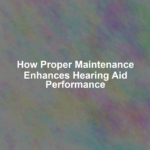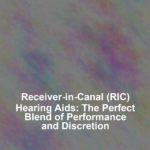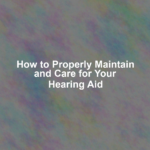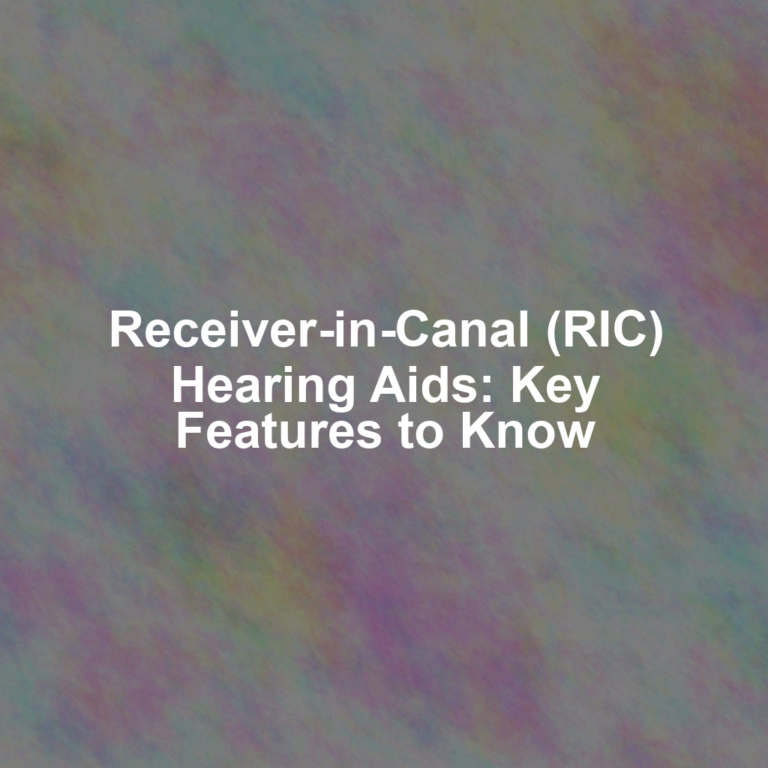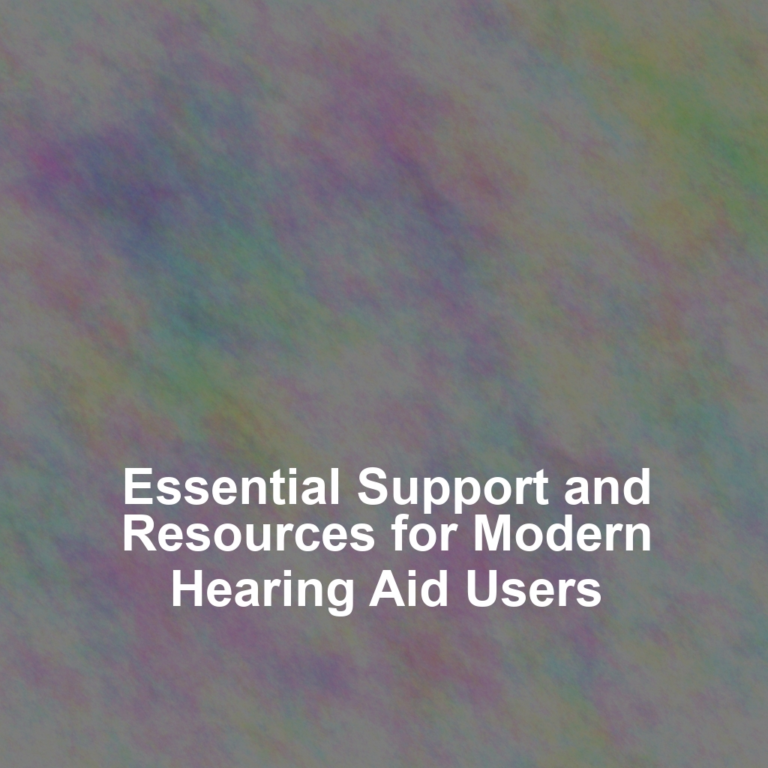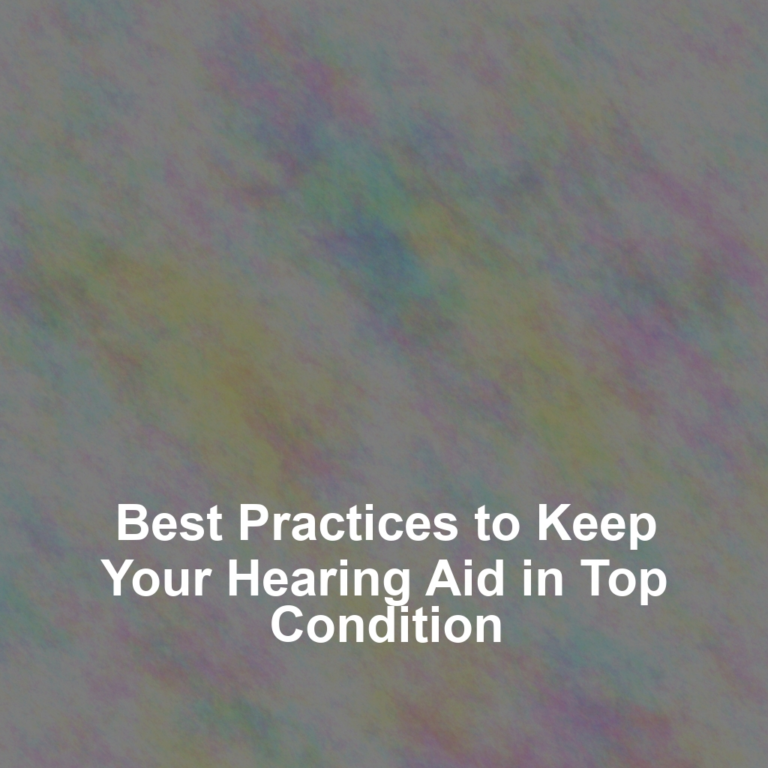As the gatekeeper of sound to your world, your hearing aid deserves meticulous care, doesnG??t it? YouG??ve invested in this small yet sophisticated device to ensure you donG??t miss the subtle whispers of everyday life, and itG??s imperative that you maintain it properly for optimal performance.
Daily cleaning rituals are your first line of defense against the accumulation of earwax and debris, which can distort the very sounds you rely on. Weekly maintenance routines, on the other hand, go beyond the surface to preserve the intricate electronic components that make your hearing aid function.
YouG??re also advised to commit to monthly check-ups to catch potential issues before they escalate. Furthermore, protecting your hearing aid from moisture is a non-negotiable practice as it can severely damage the internal circuitry.
Yet, even with the best care, you may encounter common issues that can be both frustrating and puzzling. Stay tuned to uncover the essential steps and techniques that will ensure your hearing aid remains in pristine condition, allowing you to embrace the symphony of sounds that life has to offer.
Daily Cleaning Rituals
Every day, itG??s essential to gently clean your hearing aid to ensure optimal performance and longevity. Before you start, make sure your hands are clean and dry to prevent transferring dirt or oil to the device. Begin by wiping the surface with a soft, dry cloth or a special brush provided by the manufacturer. Pay special attention to the microphone ports and any crevices where earwax or debris can accumulate.
Next, check the earwax filter or guard G?? if itG??s clogged, your hearing might be affected. Carefully remove any visible earwax using the cleaning tool specifically designed for your hearing aid model. DonG??t poke too deeply, as you could damage the delicate internal components.
If your hearing aid has earmolds, detach them from the electronic components and clean them with a mild soap solution. Rinse thoroughly with water and let them dry completely before reattaching to the hearing aids.
Weekly Maintenance Routines
Regularly, beyond daily upkeep, set aside time each week to perform a more thorough maintenance routine on your hearing aid to ensure it functions at its best. Weekly care is crucial for long-term performance and can help you avoid frequent repairs.
Start with a visual inspection of the entire device. Look for any signs of wear or damage, such as cracks or discolored areas. If you spot any issues, itG??s wise to contact your audiologist or hearing aid provider for advice before they turn into bigger problems.
Next, focus on the microphone and sound ports. Using a soft brush designed for hearing aids, gently remove any debris that could block sound from entering the device. DonG??t forget to check the battery compartment; corrosion from batteries can cause significant damage. Clean the contacts with a dry cotton swab to ensure a good connection.
Monthly Check-Up Practices
To ensure your hearing aidG??s optimal performance, itG??s important to conduct a comprehensive monthly check-up. Set aside time once a month to examine your device more thoroughly than you do in your weekly routine. Start by inspecting the body of the hearing aid for any cracks or damage. If you spot any, itG??s time to contact your audiologist for professional advice.
Next, focus on the sound outlet and microphone ports. Use a wax pick or brush specifically designed for hearing aids to gently remove any debris that mightG??ve accumulated over the month. This will prevent sound blockage and maintain sound quality.
Check the battery contacts for corrosion or dirt, as this can affect your hearing aidG??s functionality. If youG??re using a rechargeable hearing aid, ensure the charging contacts are also clean and functioning properly.
Protecting Against Moisture
Shielding your hearing aid from moisture is crucial, as even minimal exposure can impair its performance and longevity. YouG??ll want to take several steps to keep your device dry. First, always remove your hearing aids before showering, swimming, or facing heavy rain. ItG??s easy to forget theyG??re there, but water damage can be costly.
When youG??re not wearing them, store your hearing aids in a dry, safe place. Investing in a hearing aid dehumidifier is a smart move; it dries out any moisture that mightG??ve accumulated during the day. You can find electronic or non-electronic dehumidifiers, but make sure you use them regularlyG??ideally, every night.
If youG??re caught in unexpected rain, dry your hearing aids with a soft, dry cloth as soon as possible. DonG??t use a hairdryer or any direct heat source, as this could cause more damage. For those times when you sweat, consider using a sweatband or a hearing aid sweat cover to provide an extra layer of protection.
Troubleshooting Common Issues
Encountering issues with your hearing aid can be frustrating, but many common problems have simple fixes you can try at home. Before rushing to a professional, consider these troubleshooting tips to get your device back to optimal performance:
-
Feedback or Whistling Sounds
-
Check the fit: Ensure your hearing aid fits snugly. A loose fit can cause feedback.
-
Clean the earwax: Earwax buildup can block the sound outlet, leading to whistling.
-
Examine the battery: Make sure itG??s properly inserted and has a charge.
-
Inspect the tubing: For behind-the-ear models, check for any cracks or blockages.
-
Distorted Sound
-
Check for moisture: Dry your hearing aid using a dehumidifier or a drying kit.
-
Reset the device: Turn it off and on again to reset the settings, which may fix distortion.
-
Physical Discomfort
-
Adjust the earmold: If itG??s causing pain, it might need reshaping or replacement.
-
Consult your audiologist: Persistent discomfort may need professional adjustment.
Conclusion
YouG??ve got this!
Keep your hearing aid in top shape by sticking to daily cleaning, weekly tune-ups, and monthly check-ins.
Remember to shield it from moisture and tackle any issues head-on.
With these simple steps, youG??ll ensure your device performs its best, keeping you connected to the sounds of life.
Stay proactive, and your hearing aid will be a reliable companion for years to come.


